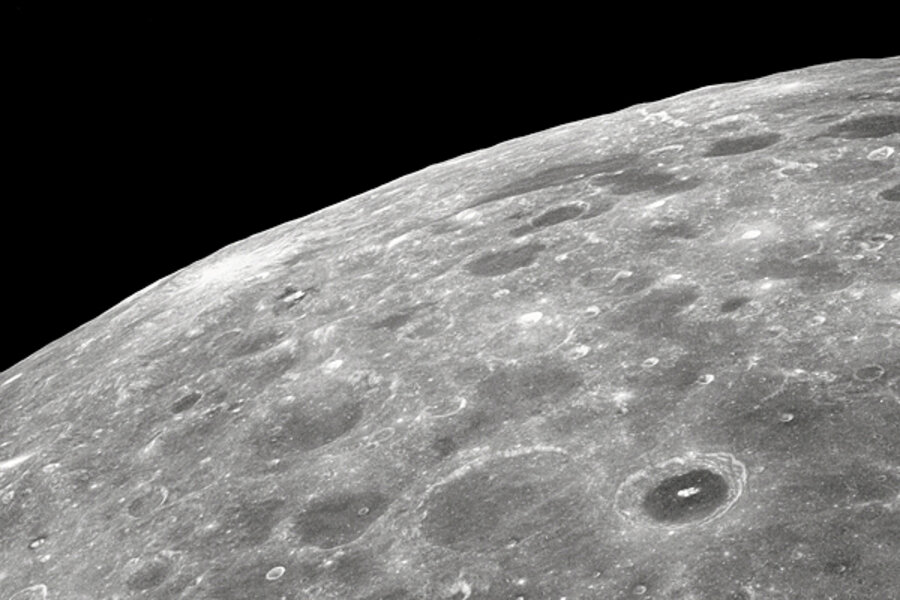Moon actually kind of damp, studies find
Loading...
When Man first recorded features he saw on the Moon before the first telescopes, he assumed the large, smooth dark regions were seas just like on Earth.
He gave them Latin names like Mare Tranquillitatis (the Sea of Tranquility) and Oceanus Procellarum (the Ocean of Storms).
But many years later scientists put our natural satellite under proper scrutiny and found that the “seas” were really vast plains of lava that had flowed from within and solidified billions of years ago. Far from being Earth-like, the Moon was a dry, dusty world, drier than the most arid desert on our own planet.
Now in an astonishing reversal of ideas, new research shows that those Moon rocks are not as dry as was long assumed. There are certainly no rivers, lakes or any other liquid water. But a special form of it – hydroxyls – appears to be locked away in the lava. Experts say it could be converted easily into normal water just by heating it.
The implications are hugely significant for space exploration as well as astronomy. It means that setting up lunar colonies and observatories where astronauts and scientists could develop a permanent presence becomes a real possibility (given a change in political will, of course). There will be no need for the hugely expensive transportation of water supplies from Earth to keep our explorers alive.
Surprisingly perhaps, the new finding comes following a reaxamination of lunar basalt brought back to Earth by Apollo 14 astronauts nearly 40 years ago in 1971. Geologists at the California Institute of Technology (Caltech) and the University of Tennessee found structurally bound hydroxyl groups in the rock – in other words water.
Jeremy Boyce, main author of a paper about the discovery in the science joural Nature this week, said: “The fact that we were able to quantitatively measure significant amounts of water in a lunar mineral is truly surprising.”
His team took a detailed look at a mineral within the basalt called apatite using an ion microprobe that can analyze grains much smaller than the width of a human hair. Results showed that levels of hydrogen, sulphur, and chlorine in the sample sample were indistinguishable from apatites found in terrestrial volcanic rocks.
The story of water on the Moon has unfolded in a surprising way in less than a year. Last October a US probe fired a missile into a crater near the Moon’s south pole and confirmed that there is water ice in the shadows, dumped by comets over billions of years.
Later a scan from another probe found tons more water around the lunar north pole. Also last year it was found that a form of dew has spread across the Moon, presumably from this ice, penetrating into its topsoil.
And now comes the amazing finding that those supposedly dry lunar seas really do contain water after all.
• Discover space for yourself and do fun science with a telescope. Here is Skymania’s advice on how to choose a telescope. We also have a guide to the different types of telescope available. Check out our monthly sky guide too!
Paul Sutherland blogs at Skymania News





